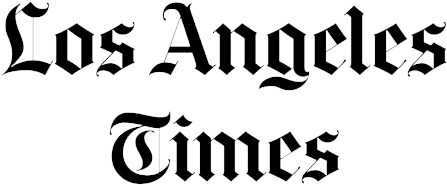How to Do
How to Do Single Arm Landmine Press Single Leg
The single arm landmine press and single leg should begin with good posture to avoid injury. Brace the spine by drawing your lower abdomen inward. Your core muscles should be activated to support your posture as you perform the exercise.
If any pain is experienced, immediately stop the single arm landmine and press single leg.
Beginning
Beginning Landmine Press
1. Begin with a thorough dynamic warm up before starting this exercise. This engages the nervous system.
2. The visual gaze should be straight ahead with feet shoulder width apart, toes pointing out slightly.
Movement
Landmine Press Movement
1. This movement involves using one end of a barbell (the other end anchor's in a corner on the ground) to perform a shoulder press.
2. Start with one hand firmly gripping the end of the barbell on top of the shoulder (as shown).
3. The stance leg (which is toed out slightly) is the same as the press hand.
4. During the load phase (the descent), the body will rotate slightly towards the barbell hand and (at this point the knee and toe should be in alignment), while the arm still remains on top of the shoulder.
5. As you squat back up, the body rotates and returns forward, as force is summated from the ground up and is transferred into the shoulder press (as shown).
6. As you bring the barbell back down to the shoulder, the kinetic chain loads again by squatting down with slight rotation (as shown).
7. Perform desired number of reps and switch hands.
8. Ensure that the toes are pointed slightly out during the exercise as this will ensure proper alignment during decent into squat. Also watch for an excessive curving of the lower back as these may be indications of too much weight.
Benefits
Landmine Press Benefits
Landmine presses are a wonderful technique to build upper-body strength and experiment with novel movement angles. The single-arm variant engages the shoulder muscles as well as the arms' biceps and triceps. The double-arm version concentrates on the chest and shoulder muscles, as well as the biceps and triceps.










